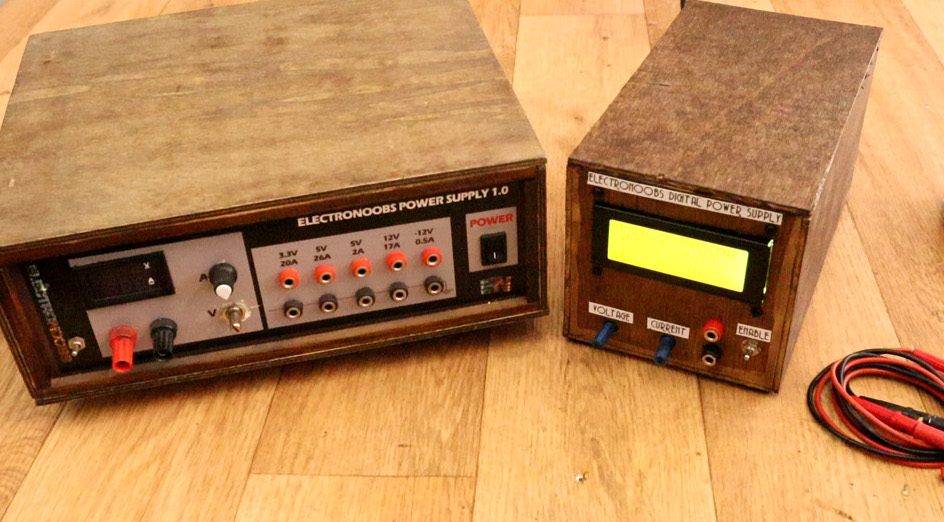— February 2nd, 2022

The advent of USB-C and the power delivery (PD) standard have allowed for a single cable to carry both large amounts of data and power for a wide range of devices. So, while looking for a PD-capable power bank for his laptop but only coming across expensive units, Instructables user Toby Chui decided to make his own — with additional improvements, of course.
The design for this custom power bank started with a basic schematic consisting of the LiPo battery, a 60W PD module for handling the negotiations between the board and whatever device might be on the other end, and a display unit for showing current battery information. After soldering together a small piece of perfboard containing a buck converter, voltage divider for voltage measurements, and an ACS712 current sensor, Chui glued the entire assembly onto the back of a UART HMI display. The last component was an Arduino Nano that takes in voltage/current readings and sends them to the display, along with the current voltage being delivered over the USB-C cable and the total power consumption.

With the electronics finished, Chui modeled and 3D-printed a small case that holds the battery and switch at the base while the screen at the top displays the information. You can read more about this project here on Instructables.
Website: LINK

